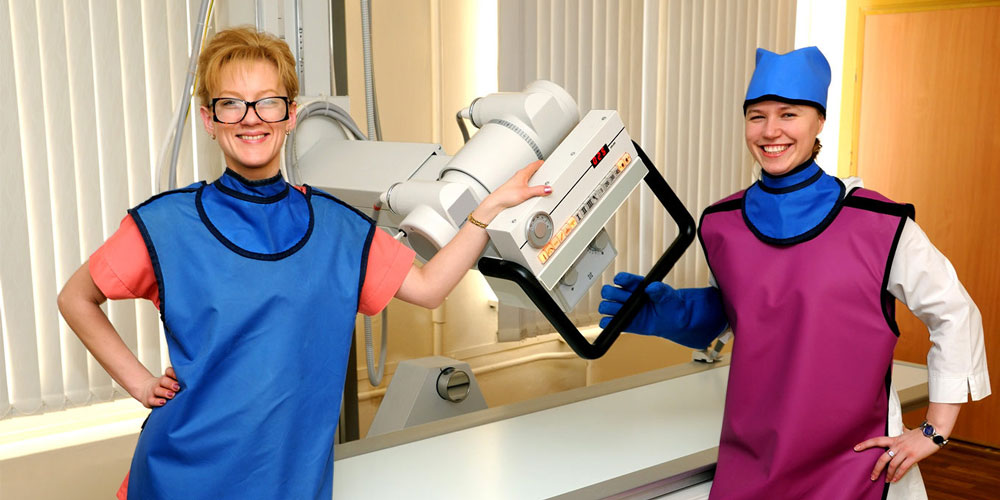As a healthcare professional who works in medical imaging, you are most likely to work with equipment that produces ionizing radiation. It is your responsibility to balance the right dose for the patient to provide optimal care as per the prescribed standards. Apart from that, it is also your duty to protect yourself from harmful radiation.
The benefits of medical imaging easily outweigh the radiation risks, but when administered improperly the medical radiation can be dangerous to you and your patients. Following radiation safety policies and products, wearing the necessary protective apparel can help you in leading a healthy life.
Stay Protected
Ionizing radiation is widely employed in medical applications and anyone who gets exposed to it is at the risk of causing harm to their living tissues. This may lead to skin burns, elevated risks of cancer at both high and low exposures. Kennedy Radiology plays a major role in radiation safety by offering safe, ergonomic and affordable radiation protection solutions.
While the radiation exposure can occur by any means, it is considered that the direct beam exposure and scatter radiation pose the greatest risk. Studies indicate the scattered radiation can reach up to 6 feet from its point of dispersal. It is mandatory that any person who is in an x-ray room should wear radiation protection garments and other accessories. Some of the important radiation protection materials include.
- Lead aprons, or light-weight lead-free aprons
- Lead Glasses/goggles
- Protective Thyroid Collars
- Radiation reduction gloves
- Barriers for additional protection
- inn-ban
Reducing the effects of radiation exposure
Time: Reduce the time of exposure to directly reduce radiation dose.
Distance: Doubling the distance between your body and the radiation source will divide the radiation exposure.
Shielding: Lead or lead equivalent shielding serves as an effective way to reduce radiation exposure. Use proper personal protective equipment.
Improving Hygiene: By practicing good hygiene and controlling ‘hand to mouth’ habits, the internal radiation exposure can be reduced.
Usage of Signs: Labeling potentially radioactive areas will prevent the spread of contamination. Use absorbent papers and spill trays, wherever possible.
Airborne Hazards: Using fume hoods, face masks, avoiding dust in the radiation room can reduce the inhalation of radioactive substances.
High-risk areas
Cardiac Cath Labs with Angiography and Electro-physiology delivers the greatest dose of x-ray radiation when compared to other diagnostic medical procedures. The physicians and the lab technicians here are exposed to low levels of scatter radiation over a long period. The use of X-rays in such labs is justified due to the benefits derived from the procedures and it outweighs the risk by a long way. However, the professionals are exposed to the scattered radiation from the patient’s skeletal structure. Hence, it is necessary for those professionals to receive the essential protection apparel such as lead aprons, thyroid collars, eye-protection and radiation reducing gloves in the best quality available.
As everyone knows, the medical community is committed to providing safe and quality healthcare. Leading-edge technology ensures better diagnosis and aids in a faster cure, but it’s up to us to use them correctly. When we adhere to stringent health policies and pledge to protect our patients and us, everybody can take home the benefits of advanced medical technology.
Read our blog about Health Professionals Responsibilities in Radiology







